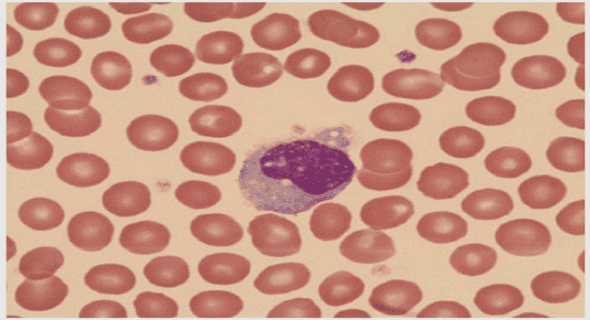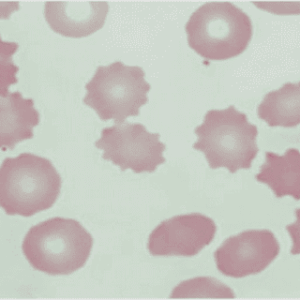(Downloads - 0)
For more info about our services contact : help@bestpfe.com
Table of contents
Chapter 1: Introduction
1.1 Microbial ecology as a discipline
1.2 The role of microbes in the geochemical fluxes
1.3 The use of microbial ecosystems in bioprocesses
1.4 Addressing the technical deadlock on microbial community engineering
1.5 The emergence of microbial thermodynamics
1.6 Objectives and organization of this memoir
Chapter 2: Bibliography review – Modelling the energy dependence of microbial growth
Chapter 3: Materials And Methods
3.1 Nomenclature
3.2 Specifications of the MTS model
3.2.1 Units and dimensions
3.2.2 Thermodynamic standard conditions
15 3.2.3 Metabolic reactions computations
3.2.4 Microbial dynamics
3.2.5 Additional dynamics
3.2.6 Chemostat dynamics
3.2.7 Point-settler dynamics
20 3.3 Description of the MTS simulation framework
3.3.1 Notation
3.3.2 Files organisation
3.3.3 Basic principle
3.3.4 Parameters computation
3.3.5 User-definable parameters
3.3.6 Logging
3.3.7 Integration
3.3.8 Definition of simulations’s conditions
3.3.9 Calibration of the parameters of the MTS model
Chapter 4: Consistent microbial dynamics and functional community patterns derived from first physical principles
Chapter 5: Consistent dynamics of simplified activated sludge ecosystem obtained by the calibration of a parameter-parsimonious thermodynamic model
Chapter 6: Predicting microbial growth yield from the nature of metabolic reactions
Chapter 7: Discussion And Perspectives
7.1 Discussion
7.1.1 Prediction of the “redox tower” by the MTS model
7.1.2 Consequences of the growth rate function of the model
7.1.3 Sensitivity of the MTS model’s predictions to the value of its parameters
7.1.4 Use of the MTS model for simulating mixed culture bioprocesses
7.1.5 The estimation of dissipated energy to predict microbial growth yield
7.2 Perspectives and conclusion
7.3 Spatialization of the MTS model
7.4 Accounting for the metabolic versatility of microbial populations
7.5 Conclusion
Chapter 8: Bibliography
Chapter 9: Appendix
9.1 Growth limitations by nutrients predicted by the MTS model
9.2 Example of getExperimentalDesign files
9.3 Specificities of the MTS model’s growth function
Superimposition of Monod’s and MTS’s growth curves
Effect of the value of KS and VH on the shape of Monod’s and MTS’s growth curve respectively 227
Difference between Monod’s and MTS’s growth curves
Comparison between Monod’s and MTS’s growth curves considering their usual parameters value range
9.4 Compliance of a population simulated by MTS to Liebig’s law
9.5 Relationship between growth yield and rate in some microbial thermodynamics models
Heijnen’s dynamic model
MTS model
60 Jin and Bethke’s model
9.6 Supplementary material of chapter 4
9.7 Supplementary material of chapter 5
9.8 Supplementary material of chapter 6


